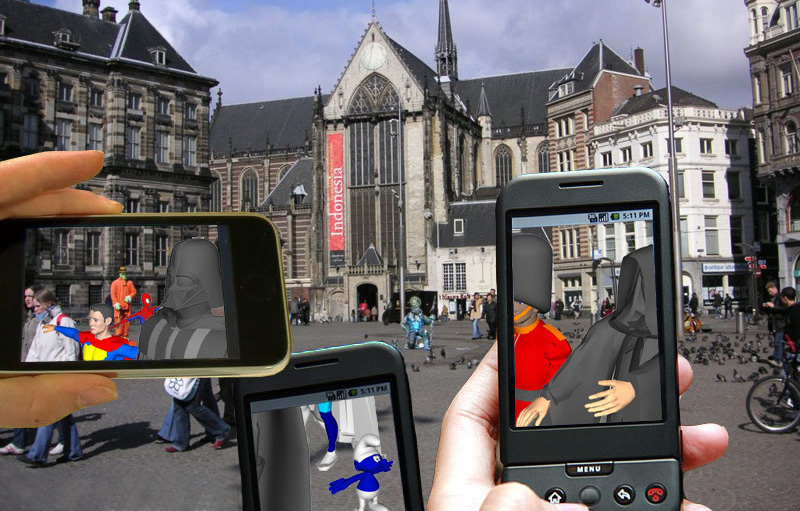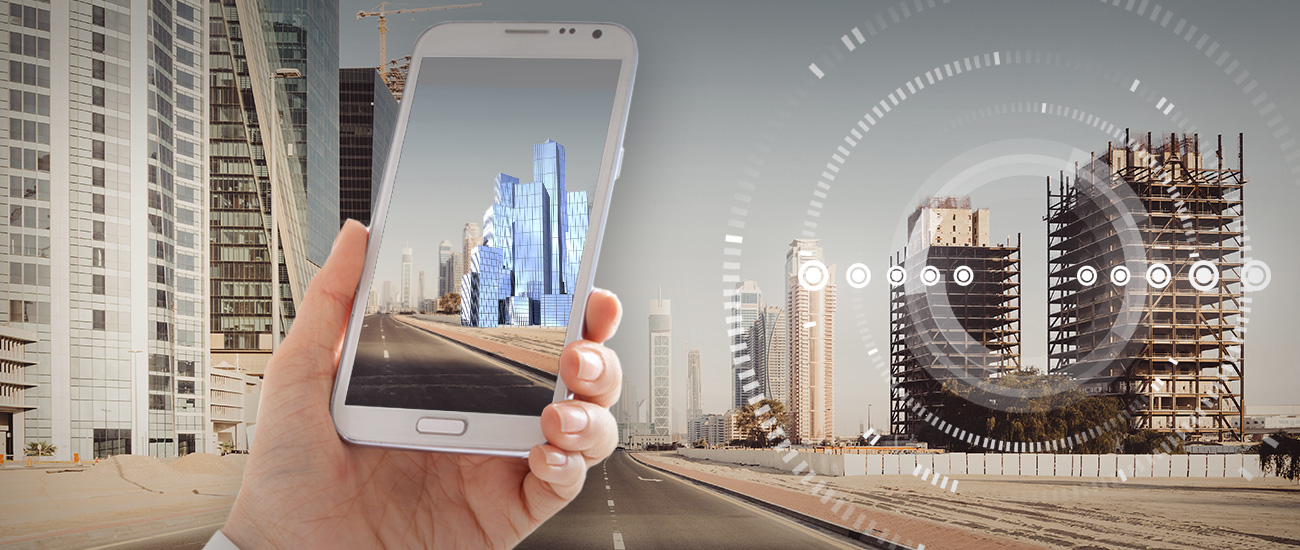Change is ongoing in construction, where modern IT breakthroughs now have a very real effect on the industry. Many builders are still getting to grips with incorporating the latest virtual reality (VR) tech into their operations.
However, the industry has already started looking beyond VR. IT experts are busy developing a powerful new tool for builders – augmented reality.
AR Developments
Augmented reality (AR) is still relatively new, but its roots can be traced back to the late 1960s. Ivan Sutherland, the so-called “father of computer graphics,” was the first to experiment with head-mounted computer display systems, and others quickly followed his lead.
AR shares many similarities with VR, but it differs from the latter in that it blends computer-generated graphics with real-world elements.
A notable recent example of AR in action is the Pokémon Go mobile game, a global phenomenon earlier this year. But how can AR be put to practical, non-recreational use?
In the early 1990s, the US Air Force introduced wearable AR suits that allowed remote operators to perform potentially dangerous tasks from a safe distance. The idea of using AR for remote and hazardous work was born.
Ever since, innovators have been finding ways to incorporate AR into an ever-growing array of industries, including space exploration, professional sport – and now construction.
Visualization Options
Even though AR application in construction usage is still largely experimental, tech and building experts are already making exciting developments.
Since the dawn of time, builders have depended on paper blueprints. However, there are obvious limitations planning on two-dimensional paper. Tech giants like Microsoft, for instance, have introduced holographic AR headsets that analysts say will help with this. AR-based blueprinting, they say, could “save thousands in costs.”
Modern building software already lets architects and on-site developers access interactive building plans on their mobiles and tablet PCs. AR plans, meanwhile, let you get up close and personal with designs, allowing users to troubleshoot potentially costly oversights.
Remote collaboration is also a possibility with AR. Software developers are creating products like HoloBuilder, allowing constructors to create and share 360° construction sites. Software like this could allow people everywhere to examine detailed digital images of a site – from every conceivable angle.
Some companies have developed live video and voice support services for remote experts to provide workers in the field with real-time problem-solving assistance. New AR solutions of this sort blend computer graphics with real-time video calls. They can also add screen-sharing, white boarding and note-taking functionality. AR can even be used to conduct remote maintenance and repair work.
Improved Safety
On-site safety is every responsible builder’s number one priority, so it may come as no surprise to learn that many plan to use AR to reduce the risk of worksite injury. Tech experts are trying to find ways to use the technology to alert constructors about potential hazards before starting work at potentially dangerous construction sites.
AR usage was famously pioneered in New Zealand, as part of the reconstruction effort following the 2011 Christchurch Earthquake. Jan Kupec, chief geotechnical engineer at Land Information New Zealand, told media outlet Radio NZ that workers used AR headsets to safely induct people onto Christchurch sites.
Kupec enthused, “This technology is not state-of-the-art, it is the first or second horizon beyond that.”
End-to-End Service?
AR solutions at Christchurch were so successful that the tech’s use quickly expanded beyond safety, and became part of the effort’s extensive planning process. Developers created an AR app that allowed builders and architects to walk around the area using an Android phone or tablet to see images of demolished buildings – and think about how to rebuild them.
On a more local scale, AR is already being used by realtors and retailers to help potential house owners make decisions about interior decoration and home improvements. Some are even speculating that it might one day be used to sell as-yet-unbuilt homes, allowing a potential buyer in a showroom to put on a headset and tour an augmented building site.
Augmented Future
AR still has a long way to go. Its visuals are not yet fully photorealistic and software developments are ongoing. At this stage, there are still no firm guarantees about its future. But with forward-thinking constructors now starting to embrace the wonders of IT, AR might yet shake up the building industry like nothing before.
It’s not just constructors who are getting in on the AR action. Visitors to Kuala Lumpur’s Petronas Towers, built by Samsung C&T, can now buy AR tickets, letting them explore the building from their mobile phones.










